
Custom CNC Milling
Many manufacturing firms face one recurring problem in producing accurate parts exactly as designed while controlling production costs. Conventional machining can manage simple shapes and often fails with complex features, tight tolerances, and repeated production. This results in wasted material, longer lead times, and higher overall expense.
Custom milling provides an economical and efficient solution and overcomes these problems. By using computer-controlled rotary cutters, the process can remove material with high precision and repeatability. At Proleantech, we provide specialized milling services, from design to finished parts. We help our clients with comprehensive support by providing free DFM and suggesting ways to save production costs. Our new generation machines can process a range of metals, plastics, and composites, and adapt to single prototypes and mass production.
Milling machines are standard in almost every workshop. They can cut flat surfaces, produce slots, or create complex 3D forms. Such flexibility makes custom milling suitable for prototypes, small batch production, and large-scale production.
In this article, we will explore the fundamentals of custom milling. You will see how the process works, the different types of operations, and the machines involved. We will also discuss the key factors that affect quality and performance, giving you a clear picture of how to apply custom milling in practice.
What Is Custom CNC Milling In Contemporary Manufacturing
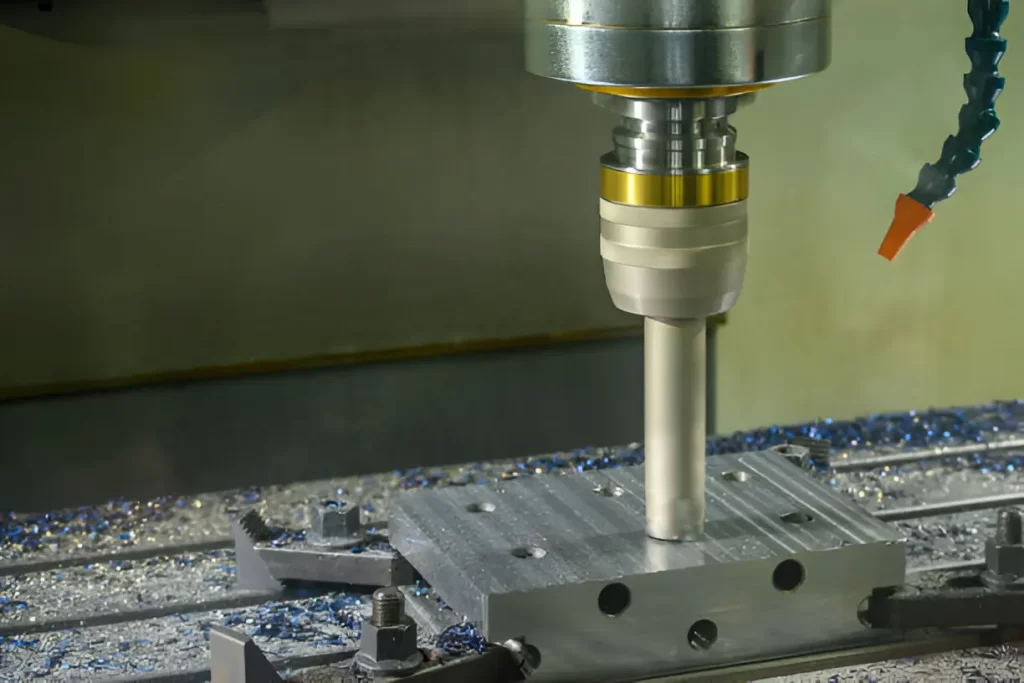
Custom Metal Milling
Custom milling operations are commonly used to cut materials into accurate shapes and sizes. The process uses rotary cutters controlled by CNC systems to cut metal stocks into precision products. It is reliable for single parts and for large production runs.
Industries like aerospace and the medical industries depend on CNC milling due to its accuracy. Aircraft parts such as airframes, actuators, and engine parts must be lightweight and precise. Medical tools and implants also benefit from milling support materials that are safe, durable, and easy to sterilise.
Custom milling works with a large variety of materials. Some common choices are aluminium, steel, brass, and copper. Plastics are also appropriate (nylon, Delrin, and polycarbonate), and composites, ceramics, and wood. Such flexibility allows engineers to match the right material to the proper application.
The process has several advantages. It produces detailed parts with tight tolerances, produces less waste, and is capable of automation for efficiency. However, it is less effective on tough materials, heavy cuts take longer, and machines require careful handling to avoid wear, heat, and vibration. (See Also: CNC milling for automotive parts)
How Custom Milling Works In an Industrial Setting
Milling Tool Cutting
At its base, custom metal milling involves using a rotary cutting tool to remove workpiece material. The cutter spins at high speed, and the workpiece is securely fixed. Most machines are run on three axes (X, Y, and Z), but more advanced machines work on 4, 5, or more axes for complex geometries.
The process starts with a proper setup. The workpiece is fixed firmly so it does not move, and the appropriate tool is selected according to the material and the design requirement. Machine parameters such as spindle speed, feed rate, and cutting depth are chosen for the job. Once it is configured, the milling cycle begins.
Custom milling generally has three main steps.
- Roughing removes the bulk material at a fast rate to produce the basic shape.
- Semi-finishing finishes the part with more light cuts to prepare for the final step.
- Final finishing creates accurate dimensions and a smooth surface ready to be inspected.
Once machining is complete, the part is unloaded, and other secondary operations may be performed, like deburring, heat treatment, and coating. (Also see: CNC milling for medical devices)
How Custom Milling Service Solves Manufacturing Challenges
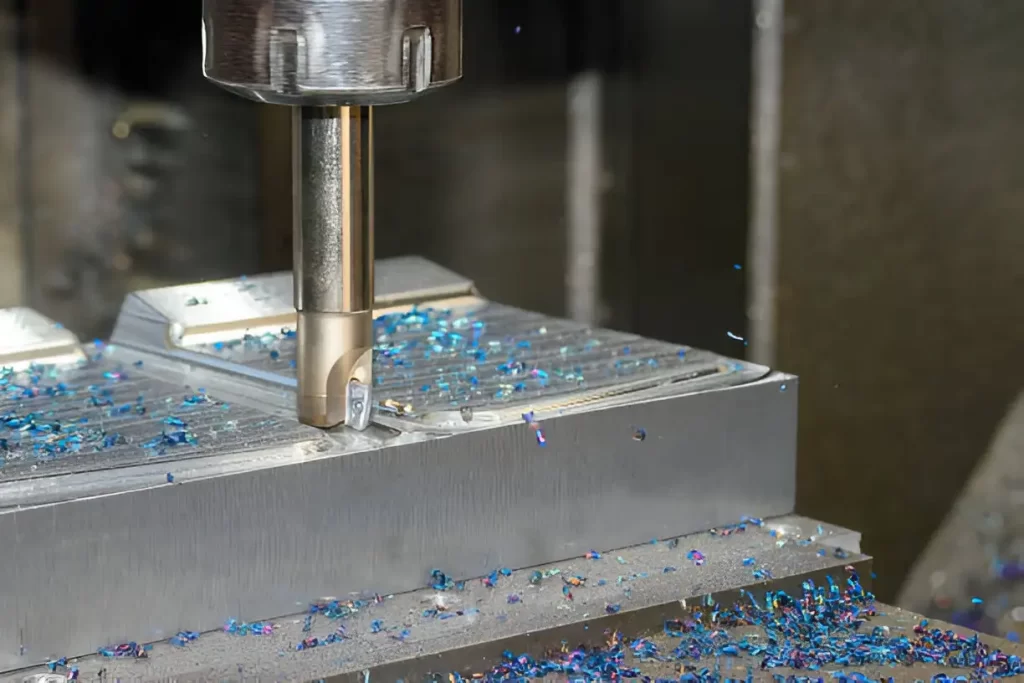
Milling Cutter removing the material layer
Custom CNC milling does not require multiple setups to produce complex parts. A single machine can perform drilling, contouring, slotting, and pocketing functions in a single cycle.
- It saves time compared to traditional setups, which use several machining operations.
- Reduces the possibility of dimensional errors during re-clamping.
Achieves Tight Tolerances
Once programmed, a CNC mill repeats the same cut to a micron of accuracy. This is critical when making assemblies in which mismatched tolerances could cause failure.
- It ensures parts fit properly without having to be reworked later.
- Useful for aerospace brackets, engine housings, and surgical implants.
Ideal for Hard-to-Cut Metals
Materials such as titanium or Inconel are tough on cutting tools. However, CNC Milling machines can sustain stable cutting speeds and coolant flow to manage them effectively.
- These prevent the tool breakage by maintaining the spindle speed and the depth of cut.
- It offers a better surface finish than many alternative methods.
Lower Scrap Rates
Custom milling cuts down on waste because each cut is a programmed path. Unlike casting or manual machining, CNC milling minimizes mistakes, which reduces rejected parts.
- It saves costly raw materials like alloys for aerospace
- Custom CNC milling cost is lower in the long run as they minimize material waste.
Flexibility Across Materials And Projects
Whether aluminium prototypes or hardened steel tooling, custom milling will adapt without new processes. A change in tooling and programming is often all that’s needed.
- Handles one-off prototypes and high-volume production runs.
- Suitable for automotive to medical devices.
Try Prolean Now!
Types of Custom Milling Machines for Industrial Use
Choosing the right mill is often challenging among too many types. Here we list common types of milling machines and their uses.
Horizontal Milling Machine
The spindle is made parallel to the table in a horizontal milling machine. This configuration makes it ideal for high material removal, like cutting keyways, slots, and gears.
Vertical Milling Machine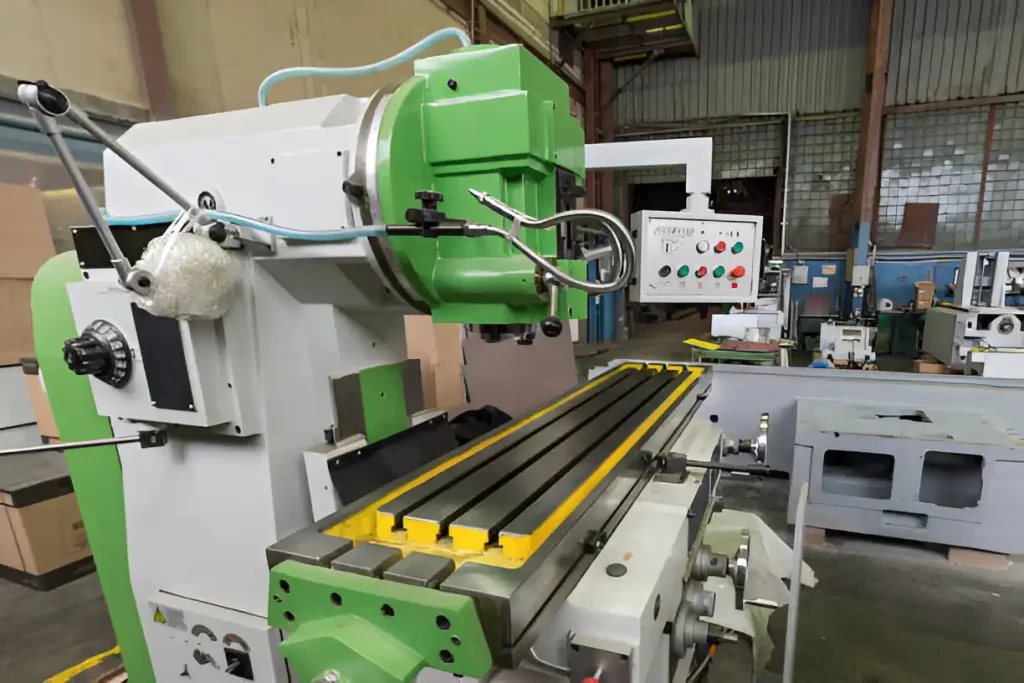
Vertical Milling Machine Center
A vertical milling machine has a vertical spindle directed downward. It is generally used in face, end, and drilling operations. Because of its versatility and ease of setup, it is the most commonly used type in many workshops.
Universal Milling Machine
The universal mill has a swivelling table. These machines permit the workpiece to be rotated at different angles. This makes it practical to machine different sides of a part without repositioning it each time.
Bed Milling Machine
The table does not move in a bed mill and remains stationary during cutting. Instead, the spindle moves around the X, Y, and Z axes. Its design provides stability and can handle large and heavy parts.
Turret Milling Machine
The turret mill entails a moving head set upon a turret. The operator can easily move the head to different positions with high speed, which is helpful for parts that require frequent tool changes and different cutting angles.
Knee Milling Machine
The knee mill has a movable knee that lifts and lowers the table. It allows precise control over the cutting depth. This makes it suitable for machining slots, pockets, and contoured surfaces.
Gantry Milling Machine
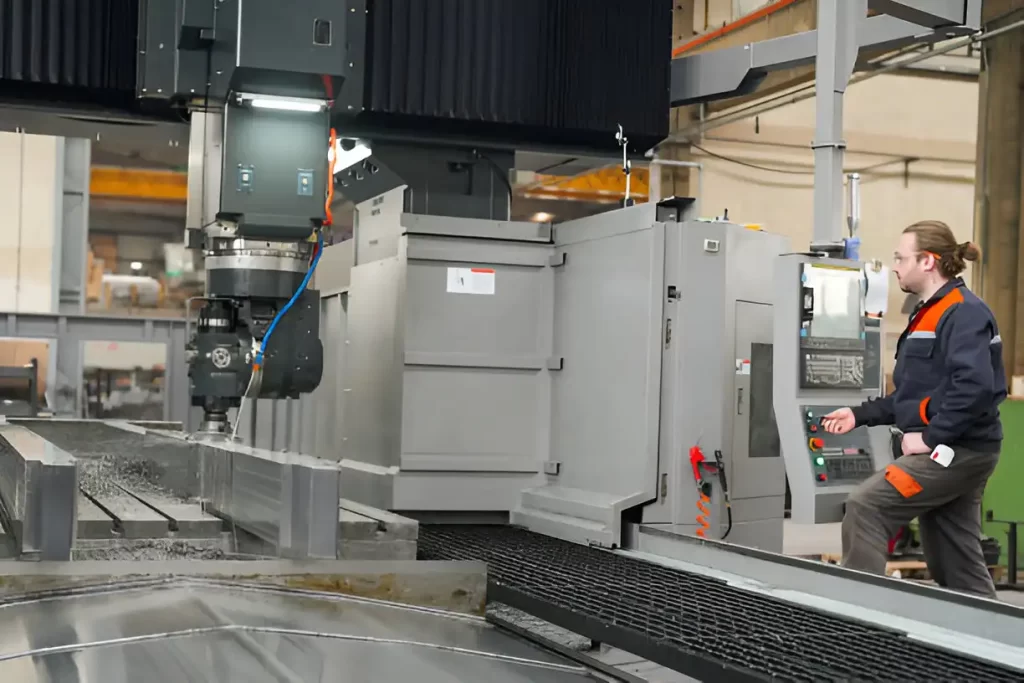
Gantry Milling Machine
The frame of the gantry mill is built in the shape of a bridge and is best suited for high volume CNC machining with large-diameter parts. Its spindle is mounted above the work area. The cutting tool is moved, and the workpiece is fixed, allowing precise machining of extensive and heavy parts, like moulds, dies, and aerospace structures.
Types of Operations for CNC Milling Parts
All custom milling operations are not alike. Each method has a specific role when shaping parts, surface improvements, and features not made by other processes. Below are the most common types, explained with easy-to-understand technical aspects.
End Milling
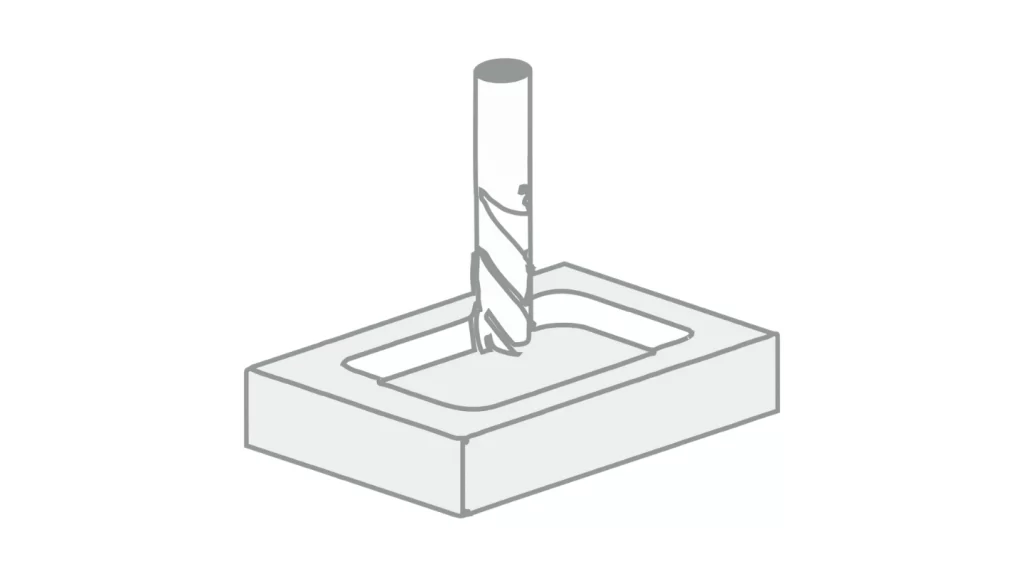
End Milling
End milling uses a cutter with multiple cutting edges that can remove material vertically and sideways. It is frequently used for machining slots, pockets, and 3D surfaces. In general, end mills come in flat, ball nose, or corner radius shapes and are suitable for varying levels of detail and finish.
Slot Milling
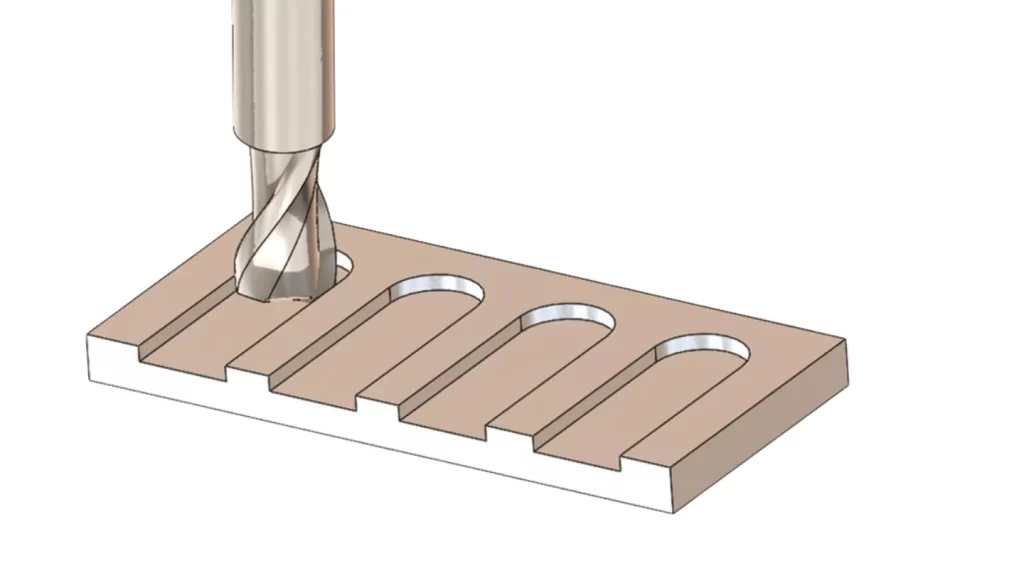
Slot Milling
Slot milling involves machining long grooves or channels in a workpiece. Depending on the design, these slots may be open or closed. Deeper slots require specialised cutters with good rigidity to avoid vibration. This process is commonly used in mechanical parts’ keyways, guide rails, and oil passages.
Face Milling
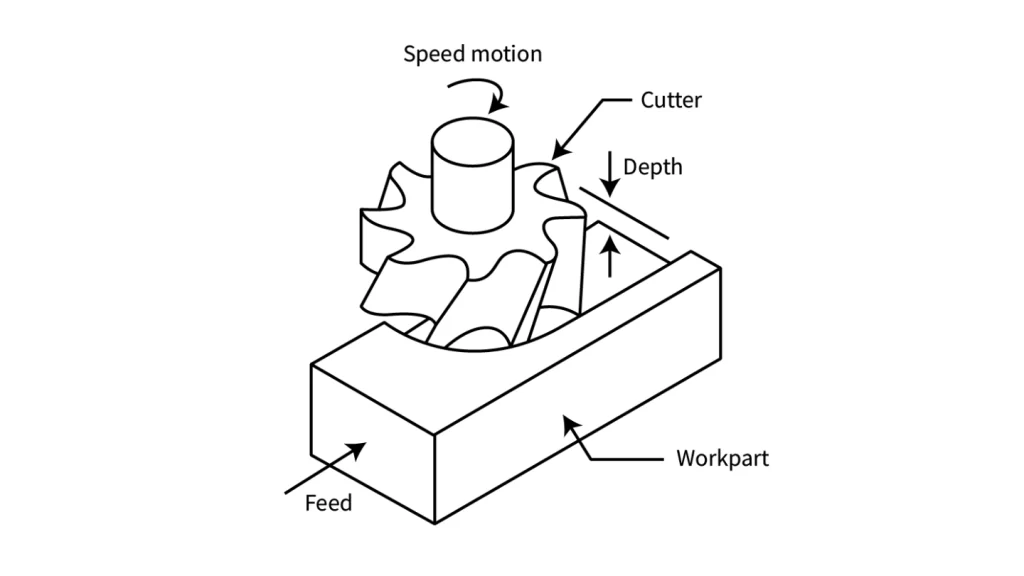
Face Milling
Face milling makes large, flat surfaces with a uniform finish. The cutter usually comprises many inserts, and makes the material removal less time-efficient. It is commonly used to create reference planes on castings or blocks.
Peripheral Milling
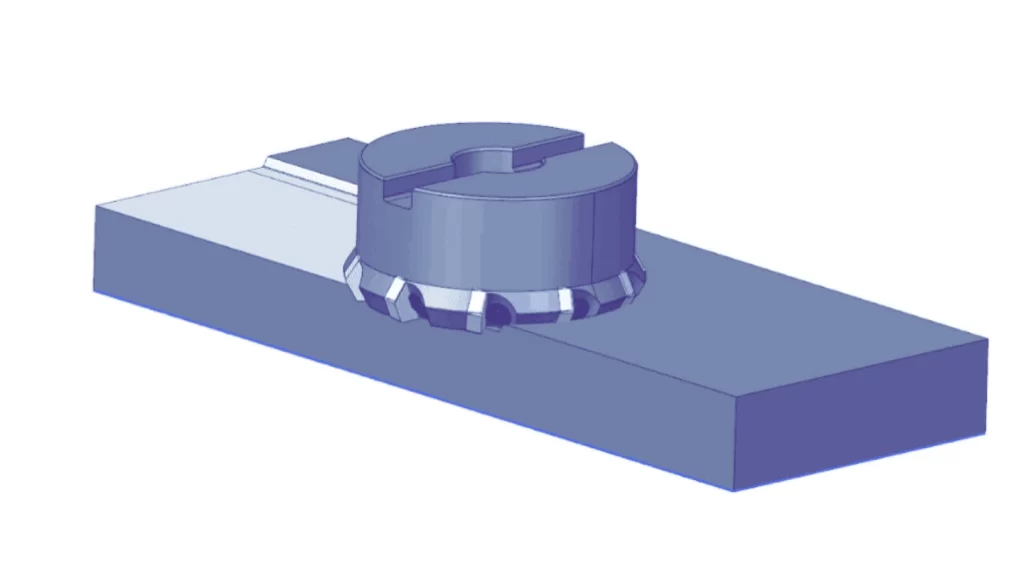
Peripheral Milling
Peripheral milling removes material along the sides of a workpiece, as opposed to the surface. The operation is ideal for precision edges, reducing stock thickness, and creating slots over the length of a part. Using helical teeth on the cutter helps to reduce cutting forces and provides a cleaner finish.
Profile Milling
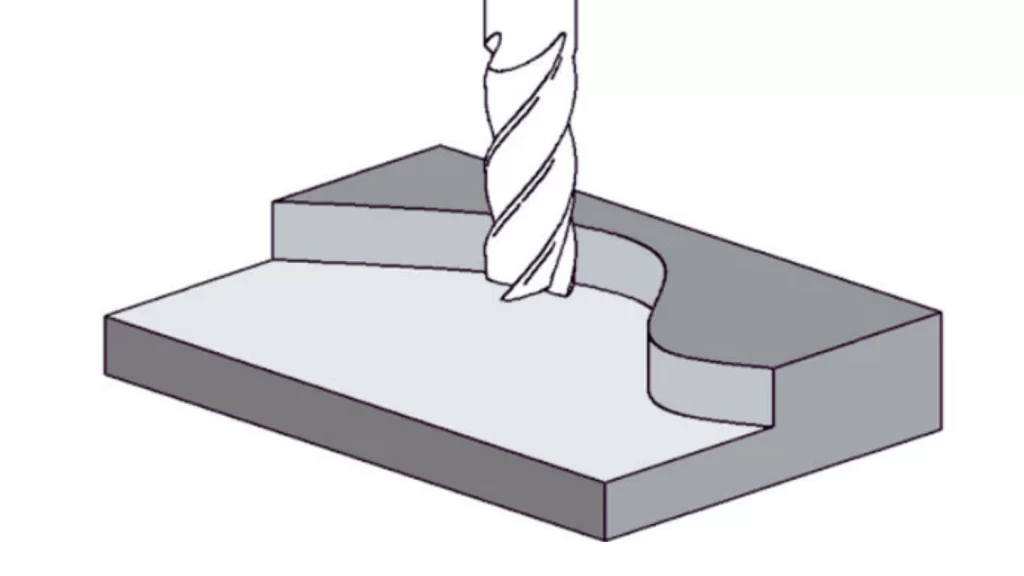
Profile Milling
Profile milling involves milling internal contours and external outlines following a programmed path. It’s often used in mold making, aerospace brackets, or parts with curved surfaces. Roughing passes remove the bulk of the material, while finishing passes using ball-nose tools to obtain detail and surface smoothness.
Chamfer Milling
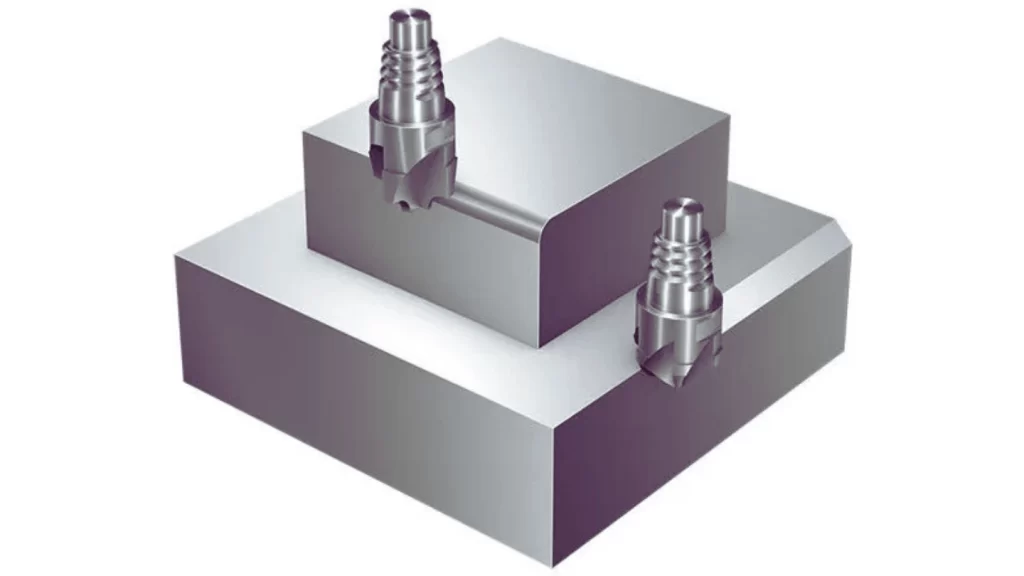
Chamfer Milling
Chamfer milling is used to cut angled edges, bevels, and countersinks. It is commonly used at the end of machining to prepare parts for assembly and to remove sharp edges. Chamfers also fulfil a functional purpose: to decrease stress concentrations and increase the fit of fasteners.
Helical Milling
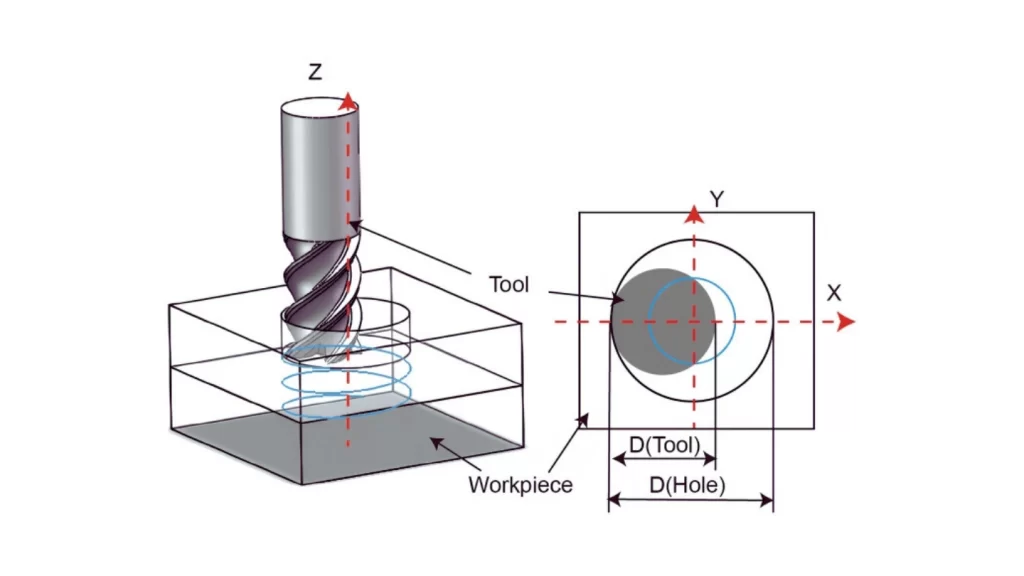
Helical Milling
Helical milling makes grooves or angled holes in a spiral by moving the cutter along a helix path. It uniformly spreads the cutting forces and increases the tool life. It is widely used in producing lubrication paths in engine components and inclined bores in aerospace components.
Thread Milling
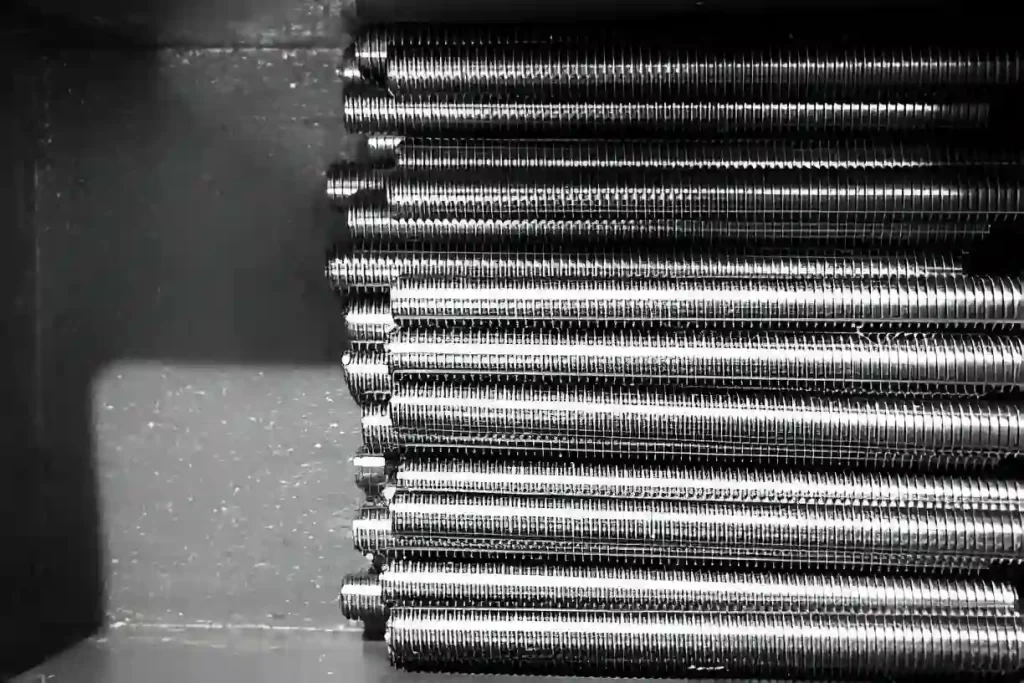
Thread Milling
Thread milling machines are used to thread inside and outside of a workpiece using a rotating tool. Unlike tapping, it allows better control over chip removal. Using a single tool, it produces both right-hand and left-hand threads and large diameter threads.
Plunge Milling

Plunge Milling
Plunge milling (called Z-axis milling) is plunging the tool directly into the workpiece. It is mainly used for roughing deep cavities and pockets, where side forces need to be minimised. This makes it a preferred option for mold and die repair or where machining hard-to-reach areas is required.
Climb Milling
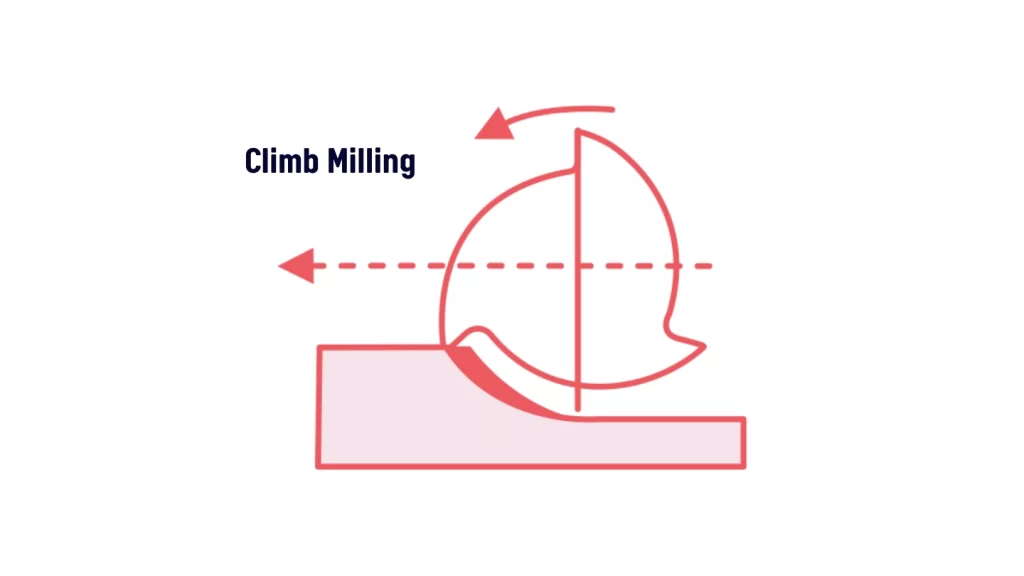
Climb Milling
Climb milling feeds the cutter in the same direction the cutter is turning. It makes a smoother finish, reduces tool wear, and minimizes material work hardening. It requires low backlash machines, which is why it is widely used in modern CNC setups.
CNC Milling (Multi-Axis)
CNC milling automates all these milling operations. A 3-axis machine does standard surfaces and slots. 5-axis machines do complex contours, undercuts, and multi-surface machining in one setup. These are beneficial for reducing errors, improving repeatability, and shortening the production time for critical-design parts. (Read more: CNC milling for medical devices)
Try Prolean Now!
Difference Between Custom Milling vs. Cutting in CNC Machining
Milling and cutting are both machining processes, but they work differently. Milling uses a rotating tool with many teeth that pass over the surface to remove material and shape a part.
Conversely, cutting works in a straight-line motion, like a saw or broach, to separate material or create slots. Sometimes the line between these two machining methods is blurred. Milling cutters can also perform simple cutting jobs, but linear cutters are not typically used in milling.
Table 1: Difference Between Milling and Cutting
| Factors | Milling | Cutting |
| Motion | The tool rotates and passes over the material | The tool moves in a straight or reciprocating path |
| Material Removal | Gradual removal for shaping and precision | Direct removal to separate or slot material |
| Common Tools | End mills, face mills, ball mills | Saws, bandsaws, circular slitters, broaches |
| Output | Complex shapes, contours, and surfaces | Slots, divisions, or separation of stock |
Read More: low volume CNC machining
How to Prolong the Life of the Tool In Custom Milling?
Tool life is simply the duration of a cutter’s ability to produce accurate parts with an acceptable finish. In custom milling, this ends when the tool no longer meets tolerance or surface standards, even though the tool is not broken.
Why Tool Life Matters
It costs time and increases run time when there are frequent tool changeovers. In short-run and varied material jobs, tool life directly affects productivity, quality, and delivery. On the other hand, longer tool life permits fewer interruptions and stable machining performance.
Causes of Tool Wear
The tool wears due to continuous contact with the workpiece. Usually, hard-to-machine alloys and abrasive composites shorten the life rapidly. Besides this, Incorrect feeds and speeds create heat and increase edge breakdown. Lack of cooling and bad chip removal also shorten tool life. Last but not least, tool material and coating quality directly influence the cutter life.
Take-ups to Extend Tool Life?
- Choose appropriate cutters and coatings for the workpiece material.
- Maintain correct feed rates and cutting speeds so that there is no unnecessary stress.
- Use coolant and compressed air to limit heat and remove chips during milling. Inspect tools regularly and have them replaced before they impact the accuracy.
- Keep setups rigid to reduce vibration and uneven wear.
What Types of Cutting Fluids Are Used in Custom Milling?
- Liquid Cutting Fluids: These are mineral, semi-synthetic, and synthetic. These best synthetics for high-speed cutting in aluminum and steel.
- Paste and Gel Cutting Fluids: These are preferred during high-speed milling and low-speed or small-batch jobs.
- Aerosol Cutting Fluids: These fluids provide less friction but are not used as much today because of mist safety concerns.
- Air and Gas-Based Fluids: Compressed air or gases like nitrogen cool tough alloys such as titanium and Inconel, and prolong tool life.
Factory Floor CNC Specialised Milling Precautions to Avoid Accidents
Here are the common safety precautions every machinist should follow on the factory floor for hazard-free machining.
- Inspect the machine on a fixed schedule to avoid loose parts, wear, and hidden damage in the early stages.
- Verify that all safety interlocks are engaged and that emergency stop buttons are working.
- Every machinist should be trained in understanding the machine’s controls, risks, and safe operation.
- Never remove or bypass guards and covers.
- Always wear eye and hearing protection.
- Keep the floor and machine area clean and organised.
Conclusion
Custom CNC milling produces exact specifications and handles complex geometries. It is widely used for creating prototypes and facilitating large production runs without adding additional expenses.
At Prolean Tech, we provide custom milling services with multi-axis machines capable of working with metals and plastics. Our factory adheres to ISO standards, offers one-on-one engineering support, ensures rapid delivery, and provides machining for metals, plastics, and composites. We also offer options for surface finishing to match functional and aesthetic needs.
Send us your CAD design, and we will provide a detailed cost analysis, lead time, and finishing options for your custom milling project. Get a quote today and confidently plan your project.

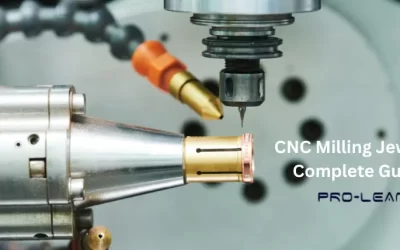
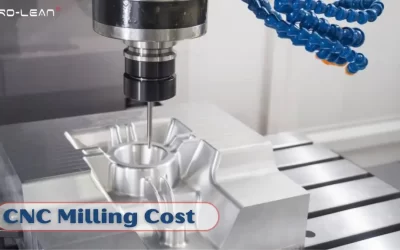
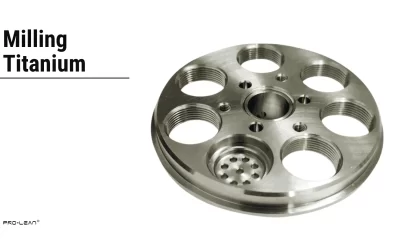
0 Comments